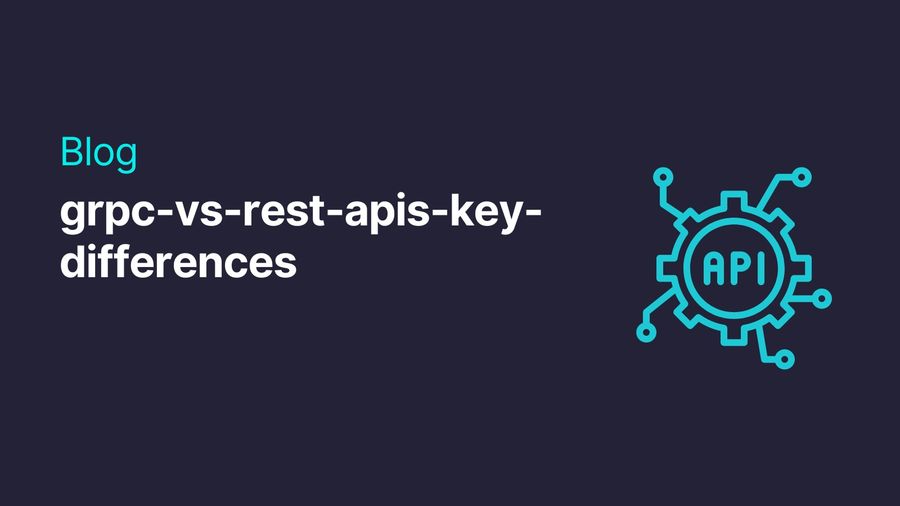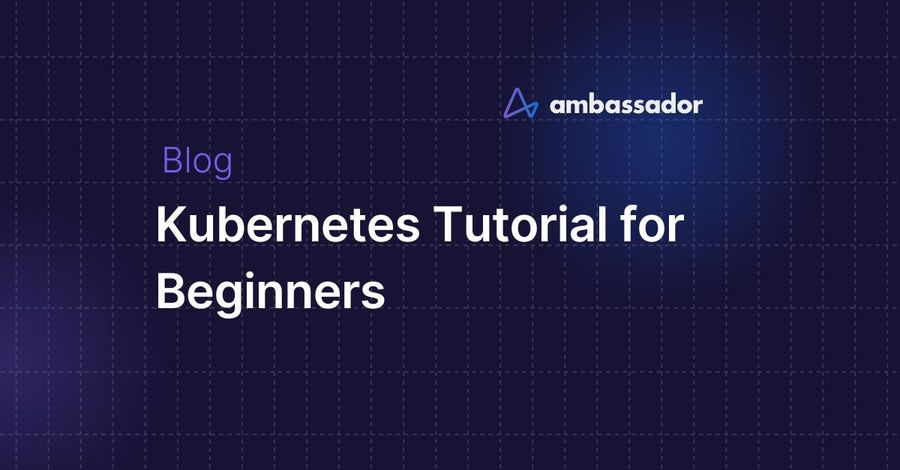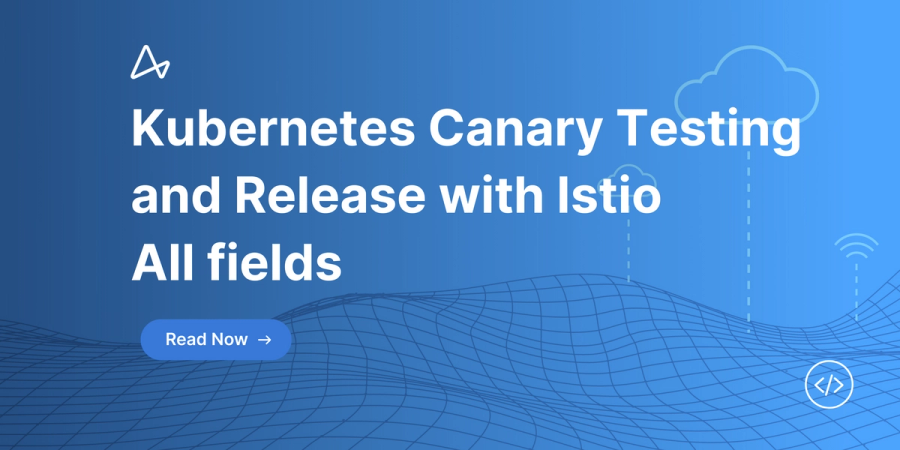
Telepresence
Microservices and cloud native architectures.
When organizations move to microservices and cloud native architectures their infrastructure requirements become more complex, and also more important to individual application developers. With a monolithic application, infrastructure concerns were managed by the operations team and kept largely hidden away from development teams.
With Kubernetes and the large amount of external dependencies involved with microservices, application developers are exposed to many more parts of their application than they had been previously. As a result, it’s easy for application developers to end up spending more time fighting with configuration (think lots of Kubernetes YAML) in order to make sure their development environments and tests are realistic.
September 20, 2022 | 5 min read

Kubernetes API Gateway
Key considerations for developers looking to configure an ingress controller on AWS or Amazon EKS
What is Ingress in AWS?
Kubernetes Ingress is an API resource that allows you to manage external or internal HTTP and HTTPS access to Kubernetes Services running in a cluster. AWS provide several load balancer types that can be used in conjunction with a Kubernetes ingress, and these include both transport-based layer 4 (L4) and application-based layer 7 (L7) options
August 15, 2022 | 10 min read

Kubernetes API Gateway
Application Programming Interfaces enable applications to access data or features of a service, operating system, or other applications. gRPC and REST are two common API specifications used to define the design of these interfaces.
This article compares gRPC vs REST as the two popular API frameworks, their benefits, limitations, and potential use-cases.
What is a REST API?
August 3, 2022 | 13 min read

Kubernetes API Gateway
Explore real-world benchmarking results between HTTP/3 vs. HTTP/2 and HTTP/1
With HTTP/3 being supported by all the major web browsers, including Chrome, Firefox, and Edge, and the official HTTP/3 RFC being finalized this month, now is the time that organizations are beginning a widespread rollout of this protocol. As leaders in the implementation of the HTTP/3 spec, the Envoy Proxy and Google teams have been working on rolling this out for quite some time and have seen considerable performance improvements. We were keen to explore the real-world results and have run a series of benchmarks with Edge Stack, which contains Envoy Proxy at its core.
June 29, 2022 | 6 min read

Telepresence
Want to get started with Kubernetes? You are in luck! This detailed tutorial on Kubernetes will teach you Kubernetes basics, how Kubernetes originated, its architecture, concepts, and more!
Origin of Kubernetes
Although the first release of Kubernetes occurred in 2015, its origin is traced to a project called Borg which was created by the folks at Google in 2003. The major problem that led to this project was maintaining free services while managing massive infrastructure hardware without degrading the business revenue. In addition, the attraction of talented engineers to Google led to the rethinking of ways to optimize commodity hardware performance, which led to Borg’s birth.
June 28, 2022 | 35 min read

Kubernetes API Gateway
Kubernetes offers multiple deployment strategies to fit various integration and delivery use-cases. The Kubernetes deployment controller relies on these strategies to determine the suitable rollout pattern for containerized workloads and applications. Some most commonly used Kubernetes deployment strategies include: recreate, ramped, blue green deployment, A/B testing, and Canary testing & release.
While each deployment strategy offers different features, organizations typically prefer to use a combination of various deployment strategies interchangeably based on workload types, organizational goals, and usability. The Canary testing and release strategy, also known as the Canary deployment strategy, is known to be one of the best deployment strategies as it allows for live testing as new features are introduced to a subset of users in production, with the subset growing gradually.
In this article, we’ll discuss Canary deployments in Kubernetes and how Istio can help perform seamless Canary upgrades.
June 24, 2022 | 17 min read










